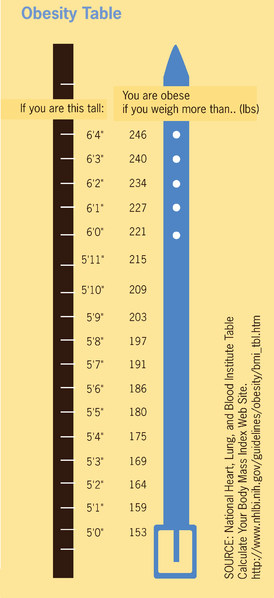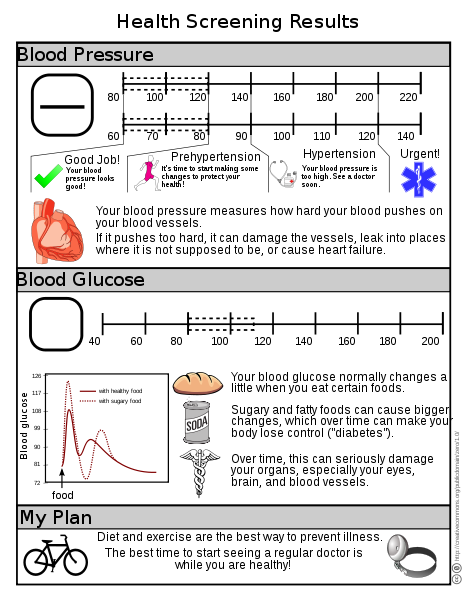How does a life insurance company know that the policy holder has died? Traditionally it has been the beneficiary’s obligation to notify the carrier and file a claim. Carriers require a death claim form and a copy of the death certificate be submitted. But what if the beneficiaries are unaware of the policy? Unfortunately that has been a real problem. Thousands of life insurance policy holders did not have adequate estate planning. Their beneficiaries did not know the policy existed or were no longer alive. Millions of dollars of life insurance benefits have never been paid.
Life insurance carriers have not been proactive making good on life policies when not notified of a claim. They have had no economic incentive to pay those claims. However the states where the policy owner resided have an incentive to take over the unclaimed money after a period of time to allow the death benefit to earn interest for them. Multiple states life Florida and California have reached settlements with the companies. It was obvious many insurance companies had set a double standard. Since it was in their economic interest to stop paying checks for annuity policy holders, they set up a system cross referred the social security death master file, but never bothered to set up the same system for their life policies holders.
These settlements of state lawsuits has helped reform the system immensely, but a rear guard has done their best to challenge reform and do as little as legally required.
Consumer protection may depend on what state you live in. Legislation has been passed or proposed in states that is more conducive to life insurance carriers’ interest. Note how this shielding process is now being proposed in North Carolina.
In recent years, roughly 20 life insurance companies, in national agreements with states, have promised to identify dead policyholders and pay out their policies or turn the money over to the states as unclaimed property. But other companies are petitioning state lawmakers across the country to pass a law that would shield them from having to do the same thing.
North Carolina state Treasurer Janet Cowell leads a fight to protect beneficiaries. Quote via NC Policy Watch article.
SB 665 is an attempt by one insurance company, to greatly limit the Department’s ability to audit by excluding whole categories of policies from the audit requirement. Specifically the legislation would exclude policies called “industrial life policies” which comprise the great majority of benefits that have gone unpaid by these companies. This exclusion will result in tens of thousands of loved ones never receiving the death benefits their parent, grandparent, or spouse has already paid for.
This legislation is little more than a money grab. Other companies in the industry have had no problem complying with statutory audit requirements.
Kemper Corp. has lead an effort to block or restrict reform.
If you’re wondering if you are a beneficiary to a life policy, there are some basic steps to take for free and others for more extensive follow through. MIB is a good source for this.
Notes: May 2015
Retroactive Statutes:
Iowa, Idaho, Maryland, Nevade, New York, North Dakota, Rhode Island and Vermont.
Prospective statues or interpreted to be prospective only:
Alabama, Arkansas, Georgia, Indiana Kentucky, Mississippi, Montana, New Mexico, Tennessee and Utah,

 Being 58 years old, nearly 59, it’s compelling to flip the hour glass and reflect on those whose lives spanned 58 years and no more.
Being 58 years old, nearly 59, it’s compelling to flip the hour glass and reflect on those whose lives spanned 58 years and no more.

